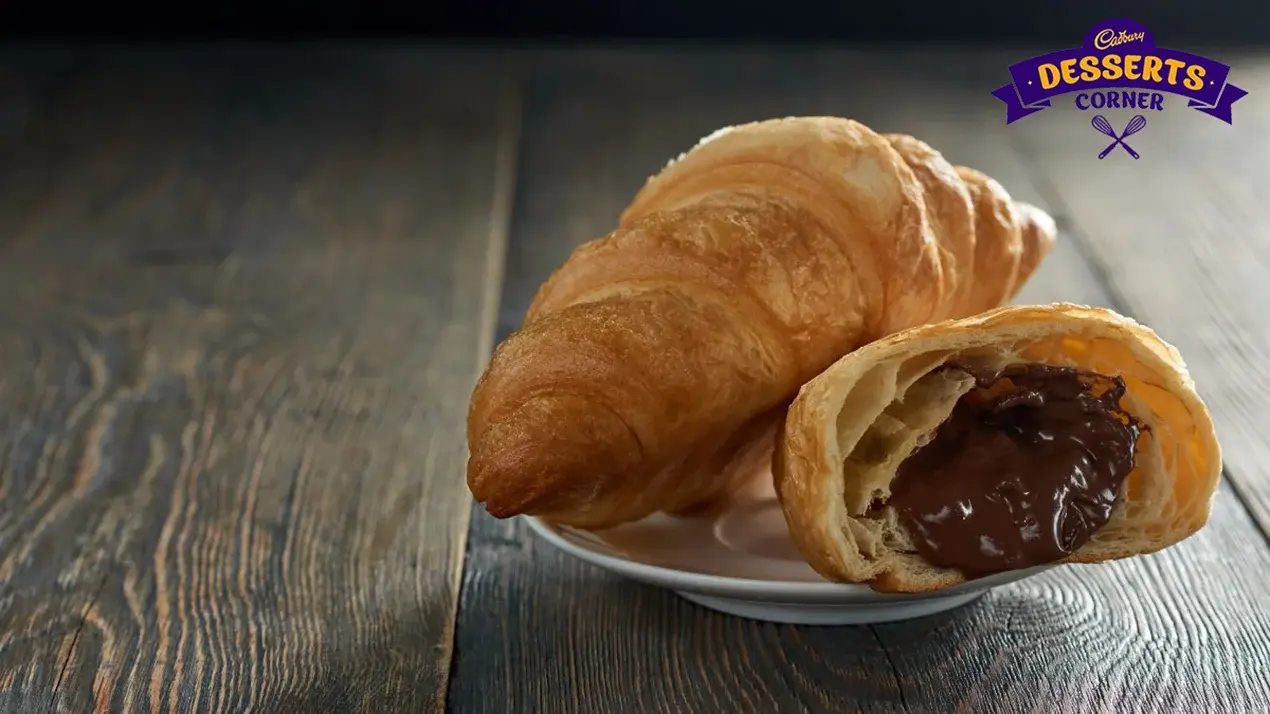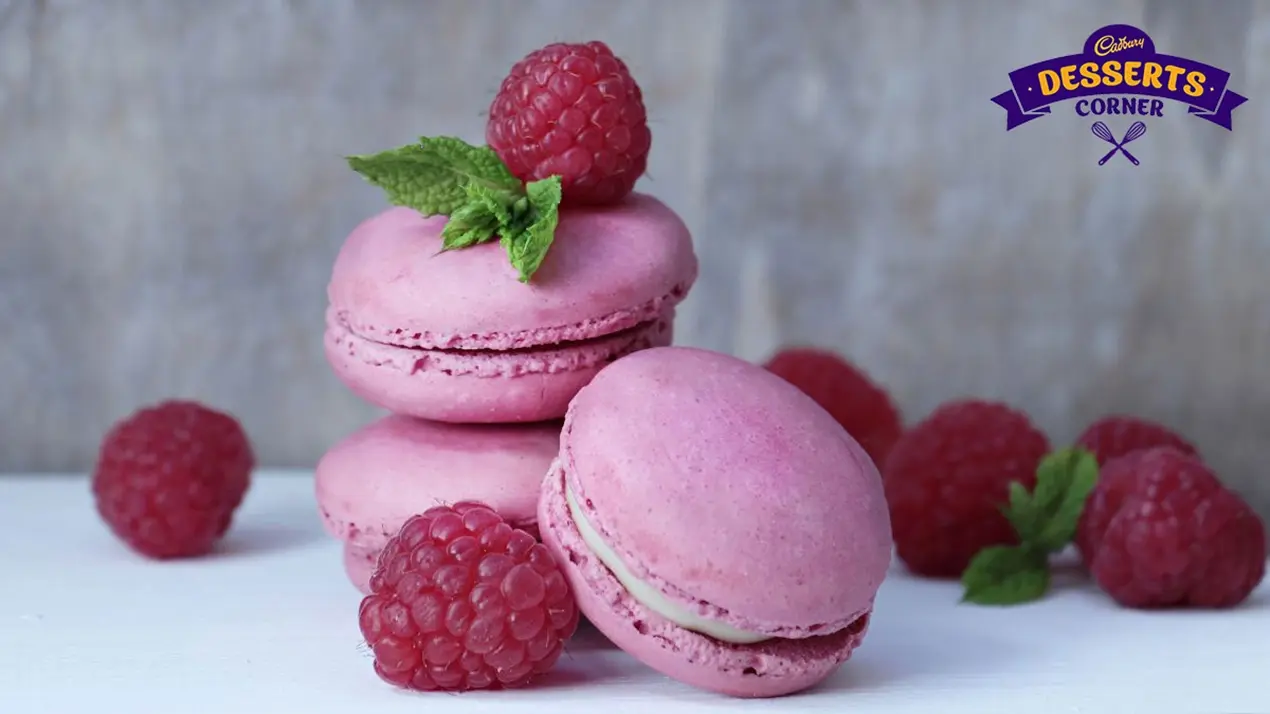Are you a fan of custard, just like us? It is an iconic dessert that has been around for ages. But did you know that there is more than just one type of custard? Yes, you heard it right. Your favorite dessert comes in many different forms, and in this article, we will look at its most popular variations.

Have you ever wondered, what is custard made of? Behind its elegant appearance, custard is quite a straightforward mixture. Eggs, milk or cream, and sugar combine to make something warm and comforting.
Most of us grew up with custard as a childhood favorite. It brings back memories of homemade puddings, Sunday desserts, and Christmas banquets. But what most people do not know is that there are a lot of custards out there, each made slightly differently, each one endearing in their own way. Some are dense and spoonful, some are best when poured, others are solid enough to be sliced or piped.
Used in elaborate bakery desserts or served hot at home with cake or fruit, the various forms of custard remain a favorite among generations. From classic bakes to innovative variations, custard is still at the center of most desserts. Here, we will take you through some of the most popular custard varieties, including ones that do not qualify as custards, but are close enough to be included on the list.
Let's jump in and take a closer look at five of the most well-known custard varieties you'll probably come across and enjoy even more after getting to know them better.
1. Crème Anglaise
Crème Anglaise is usually the most traditional among the custard types. The name literally translates to "English cream" in French, and it's really a pourable custard sauce.
Among all the different types of custard, this is one of the lightest. It’s not meant to be thick or heavy, but rather smooth and easy to pour. You’ll often find it drizzled over sponge cakes, brownies, or fresh fruit. It can also be used as a base to create more advanced desserts like ice creams or custard-based mousses.
2. Crème Pâtissière
Crème Pâtissière, or pastry cream, is the thicker cousin in the custard family. It’s widely used as a filling for tarts, eclairs, profiteroles, and cakes. If you’ve ever bitten into a bakery dessert and found a creamy centre that holds its shape, you’ve probably tasted this kind of custard.
In contrast to Crème Anglaise, this custard is boiled during its preparation. The cornflour stabilises the mixture, and so it sets more solidly. When it cools, it sets well, so it is perfect for piping into dessert or for spreading in cake layers.
3. Baked Custards
Of the most homey and reassuring custard types are those that are baked. These are created by beating eggs with milk or cream and a small amount of sugar, then slowly baking the mixture until it has set.
Baked custards are easy to prepare but do take care of. The oven heat has to be low, and it's usually better to cook them in a water bath. This allows the custard to cook evenly and not to become rubbery or form air pockets.
4. Crème Chantilly

Crème Chantilly is usually classified with custards, although technically it isn't one. Nevertheless, because of how often it's paired with other custard types, it's worthy of inclusion. You’ll often see Crème Chantilly dolloped on top of desserts filled with custard—fruit tarts, trifles, puddings, and more. Its light and airy character pairs beautifully with the smoother, richer feel of most types of custard.
5. Fruit Curds
Fruit curds aren't actually custards, yet they're similar enough in preparation and flavor that they usually get lumped in. The big difference? Rather than employing milk or cream, fruit curds use juice—most typically citrus—in combination with eggs and sugar.
Lemon is by far the most familiar, but lime, orange, passionfruit, and even berry curds are gaining popularity. These are gently cooked over low heat until they thicken and set, then cooled and kept. The outcome is a silky, spreadable dessert sauce with a crisp, snappy finish.
If you're just starting to make homemade desserts, fruit curds might be a good place to begin. They're forgiving, easy to make, and packed with fresh flavor. And although they don't fit the traditional definition of what custard consists of, they certainly find a seat at the wider custard table.
Like This Article?
More Like This




Popular Articles





Trending Web Stories
Curated Recipes


















